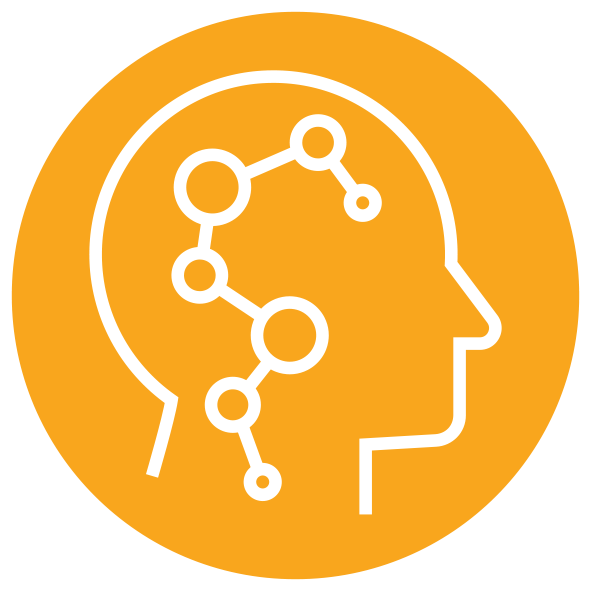Submitted by
on December 01, 2015
QUANTUM SHORTS 2015: SHORTLISTED, YOUTH CATEGORY
“Clear!” Echoed the Doctor’s voice. The hospital staff took a cautious step away from the dying patient and watched the doctor rub the defibrillator pads together. The deep frown lines on the doctor’s forehead meant one thing: failure. The two pads were pressed firmly into the patient’s exposed chest. An electrifying spasm shook the barely stable patient with a loud crackle. The doctor felt for the unlucky man on the table. His parents died when he was 2, bullied at school; a failed physics career, a wife who died last year. A small spike of electricity interrupted his thoughts and caused him to frown. Now he was going to die on the operating table. Because his only friend couldn’t keep him alive.
In a parallel universe, a shocked stranger from another world walked the streets. Even the metallic brains of the autobots could tell there was something different about this man. “Do you require assistance, sir?” The man simply stared at them, confused. His mind reflecting on the last few hours of his life: a tedious drive to work, another day of failed experiments at the lab; then, what would have been a car journey home. Cut short by a flash of light and a loud bang. A stroke?
“So how did I end up here?”, he pondered.
The more he thought the more he realized, this was a joke! Someone, who had read his papers on trans-dimensional travel clearly thought it funny to set this up. A massive prank to prove his life’s work was useless because there was no experimental evidence.
“BUY NOW, PAY YESTERDAY!” Screamed the posters on the walls. Pathetic. Anyone imitating a parallel universe would include time travel. A sudden burst of salty goodness wafted through the air: KFC? The real culprit behind the aroma was a tall building with three gleaming letters on the front; CFC. The man’s unimpressed expression turned to face a row of gamma-visions, before jolting to a stop. A woman with pale, green eyes and long, hazel hair slid onto the screen.Lily? She was the last thing to buzz through his mind before his body spiked up and he surged into darkness…
With a heavy heart, the doctor prepared himself for the second defibrillation attempt. “Clear!”
Destruction and beauty was the world he awoke to: half torn buildings stood creaking in their foundations. The sun was so bright it was impossible to look up. With hands that appeared stronger, he heaved himself out of the sand which was swallowing him. The joke had just turned into something serious. “Surely this couldn’t be something…real?” His heart beating fast. “No, no, this is my research bias talking.” “But how could someone create all of this?” He asked himself. Majestic, crimson ships glided through the clouds, bouncing off the top of the sun-burnt sky. The world was a dream which someone had blown up, a frayed paradise, a wonderland on fire. No joker could go to this length of meticulous creation and extensive imagination to create this.
The sudden spark of understanding, that everything was real, sent a surge of thought through his brain. None of those thoughts, not even the realization that his theory could be proved, were as powerful as the image which had just rushed at 299,792,458 meters per second to his visual cortex. Lily.
A bead of sweat rolled down the doctor’s forehead. His friend was going to die. “Clear!”
The thought of her was ripped apart. Another bolt of electricity surged through him. There was a crack and a whizz before nothing…
A pair of eyes sizzled open. This was the third time the owner of these eyes had seen a new world. But now he understood. The shriek of sirens coming from everywhere gave him a reason to get up and stand on the hardly solid ground. His shaky legs attempted to stand on the solid liquid which sagged under his weight. From one of the loud plastic shells encircling him, the owner announced their displeasure at his presence. The fugitive, whose body had just given it’s control to a consciousness from another universe, simply smiled. In one of the many rolling shells crouched a woman with pale, green eyes and long, hazel hair; Lily, his wife. The sight of her comforted him.
The lights of the city which kept rebuilding itself flashed all around. Each block tumbled and recreated, fell then slithered into a new position. The air smelt of burnt rubber. Lily’s police pod screeched open. She stepped out. The man flashed a smile and walked towards her, arms open wide. Unaware of who he was in this universe. A bolt of menacing red electricity raced away from her hand into his bare chest. The man could feel each part of his body rip apart before the world turned black.
The doctor stared at the flatline on the B.P.M.. He felt sorry for the friend he couldn’t save.
A family of 4 walked along the golden paths of a garden. The father, a successful physicist, was married to the woman of his dreams; Lily. He smiled at his two daughters, who were holding his hands. Their amber locks shining under the twin moons
About the Author
I’ve always had a passion for physics. Especially quantum mechanics which continuously confuses and intrigues me at the same time. I love reading, recently I read Brian Greene ‘Elegant Universe’, and at present I’m reading Michael Brooks ’13 things that don’t make sense’. I’m also a keen debater and sportsman.



